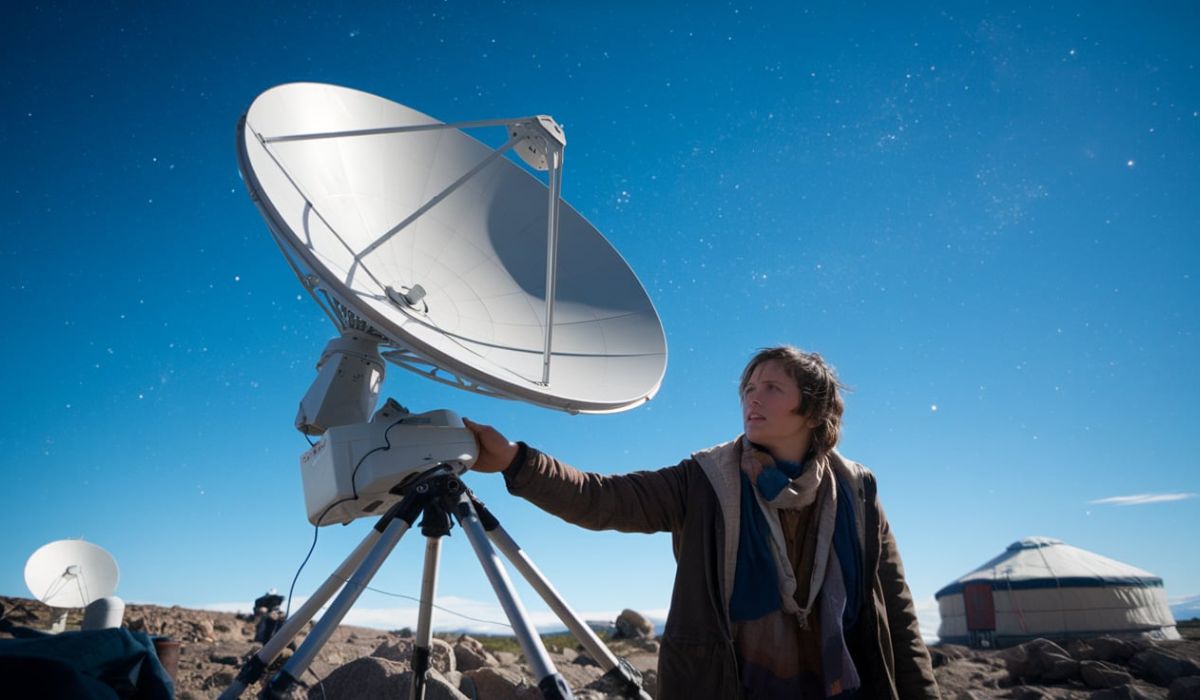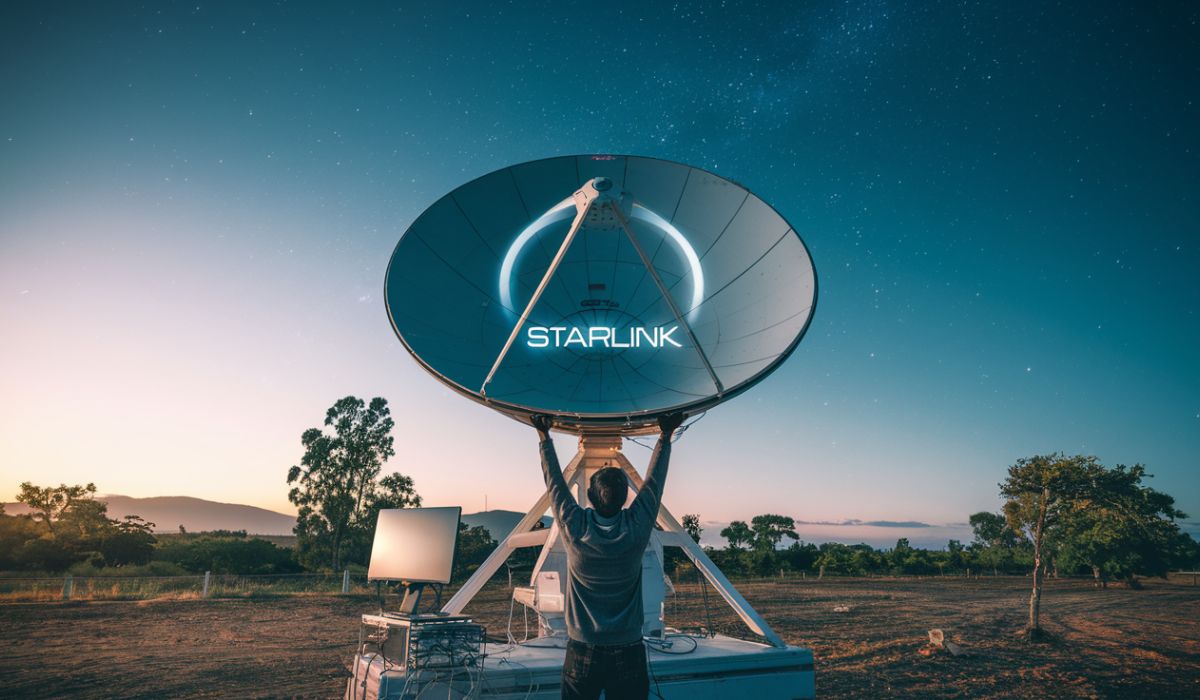In today’s fast-paced world, staying connected is more crucial than ever. Yet, many of us have experienced the frustration of dropped calls or no service, especially in remote areas. Enter Starlink Beta, a groundbreaking initiative aiming to eliminate these dead zones and keep us connected, no matter where we are.
Introduction to Starlink Beta

Imagine being on a road trip through the mountains, and suddenly, your phone loses signal. Frustrating, right? Starlink Beta is here to change that narrative. This service, powered by SpaceX’s Starlink satellites, aims to provide seamless connectivity, ensuring you’re always within reach, even in the most remote locations.
The Vision Behind Starlink
At its core, Starlink’s mission is to blanket the Earth with high-speed internet, especially targeting areas where traditional networks falter. By deploying a constellation of low Earth orbit satellites, Starlink seeks to bridge the digital divide, making the internet accessible to all.
How Does Starlink Beta Work?
Think of Starlink satellites as floating cell towers in space. When you’re in an area without traditional coverage, your phone connects to these satellites, ensuring uninterrupted service. This direct-to-cell technology integrates seamlessly with existing networks, making the transition smooth and unnoticeable.
Key Features of Starlink Beta

- Wide Coverage: Access connectivity in areas previously deemed unreachable.
- Seamless Integration: Works with most modern smartphones without the need for additional hardware.
- Future-Proof: Plans to expand services to include voice calls and data, not just texting.
The Collaboration: T-Mobile and Starlink
In a bid to enhance mobile connectivity, T-Mobile has partnered with SpaceX’s Starlink to test satellite-based services. This collaboration aims to eliminate mobile dead zones and provide coverage in remote areas. The beta trial is free until July, after which it will be included in T-Mobile’s premium Go5G Next plan at no extra cost and can be added to other plans for $15 a month post-commercial launch this summer. This service marks a significant advancement in mobile connectivity by combining traditional cell networks with satellite technology to ensure coverage anywhere on Earth, including 500,000 square miles of previously unreachable U.S. regions. Initially offering text services, voice and data features will be added later. The service will work on most smartphones from the past four years and is integrated with Apple and Google’s operating systems. T-Mobile’s strategy includes offering the service to users of rival firms AT&T and Verizon without switching.
Global Expansion Efforts
The ambition doesn’t stop at the U.S. borders. Efforts are underway to expand Starlink’s services internationally. For instance, Telstra, Australia’s largest telecommunications company, is preparing to launch direct-to-handset services that will enable rural Australians to send text messages from their smartphones almost anywhere in the country using Starlink satellites operated by SpaceX.
User Experience and Feedback

Early users have reported promising results. For example, Qatar Airways has introduced its first flight equipped with Elon Musk’s Starlink internet service. Flight QR1, featuring a Boeing 777, departed from Doha to London Heathrow, offering passengers free WiFi with impressive speeds of up to 215 Mbps, significantly faster than typical home internet.
Challenges and Considerations
While the prospects are exciting, there are challenges to address:
- Regulatory Approvals: Navigating the complex web of international regulations for satellite communications.
- Technical Hurdles: Ensuring consistent service quality across diverse terrains and weather conditions.
- Cost Implications: Making the service affordable for the general public.
Future Prospects of Satellite Connectivity
The horizon looks promising. With continuous advancements, we can anticipate:
- Enhanced Data Services: Beyond texting, full-fledged internet services from satellites.
- Broader Device Compatibility: Integration with a wider range of devices, from smartphones to IoT gadgets.
- Global Coverage: A world where connectivity knows no bounds, ensuring everyone, everywhere, is online.
Conclusion
The Starlink Beta initiative is a monumental step towards a future where connectivity is ubiquitous. By leveraging satellite technology, it promises to keep us connected, no matter where life’s adventures take us. As the service evolves, it holds the potential to redefine our digital experiences, ensuring that the world truly becomes a global village.
Meta Title: Starlink Beta: Revolutionizing Connectivity Across the Globe
Meta Description: Discover how Starlink Beta is bridging connectivity gaps, ensuring seamless communication even in remote areas. Learn about its features, collaborations, and future prospects.
FAQs
1. What is Starlink Beta?
Starlink Beta is a service powered by SpaceX’s Starlink satellites, aiming to provide seamless connectivity, especially in areas where traditional networks are unavailable.
2. How does Starlink Beta work?
It utilizes low Earth orbit satellites that act like cell towers in space. When you’re in an area without traditional coverage, your phone connects to these satellites, ensuring uninterrupted service.
3. Which devices are compatible with Starlink Beta?
Most modern smartphones from the past four years are compatible. The service integrates with both Apple and Google’s operating systems.
4. Is Starlink Beta available internationally?
Efforts are underway to expand services globally. For instance, Telstra in Australia is preparing to launch direct-to-handset services using Starlink satellites.
5. What are the future plans for Starlink Beta?
The service plans to expand beyond texting to include voice calls and data services, aiming for comprehensive global coverage and enhanced connectivity features.
